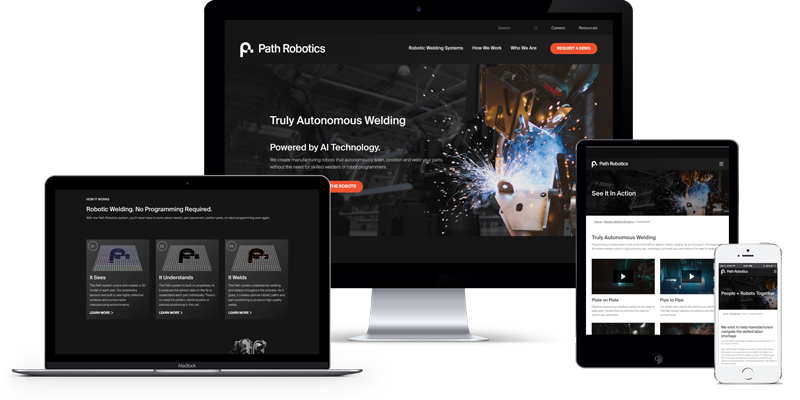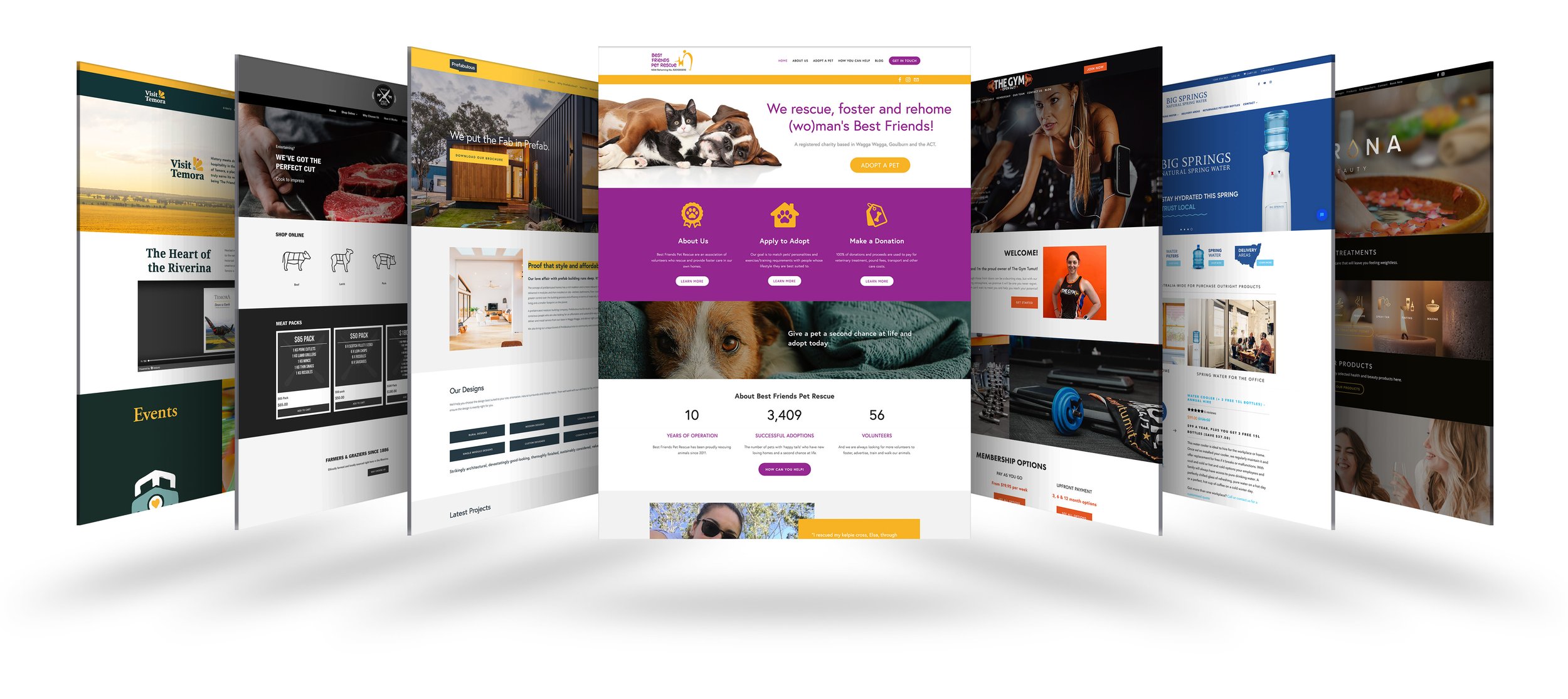Website Design SG Options for Cost-Effective and High-Quality Results
Website Design SG Options for Cost-Effective and High-Quality Results
Blog Article
Top Trends in Site Style: What You Required to Know
As the landscape of website style continues to progress, comprehending the current fads is important for producing efficient and appealing online experiences. Minimalism, dark setting, and mobile-first strategies are amongst the vital themes shaping modern-day design, each offering special benefits in individual interaction and functionality. Additionally, the focus on availability and inclusivity emphasizes the value of producing digital settings that accommodate all users. Nonetheless, the ramifications of these trends go past visual appeals; they stand for a change in just how we regard individual interaction. What other factors are affecting these style selections today?
Minimalist Style Aesthetics
In the last few years, minimal style aesthetics have arised as a leading pattern in website layout, emphasizing simplicity and performance. This approach prioritizes essential material and removes unneeded elements, thus improving individual experience. By concentrating on clean lines, ample white space, and a restricted shade combination, minimalist styles promote easier navigation and quicker tons times, which are critical in keeping individuals' focus.
Typography plays a significant role in minimal design, as the choice of font can stimulate certain feelings and assist the individual's trip via the web content. The strategic usage of visuals, such as high-grade pictures or refined animations, can enhance customer engagement without frustrating the total aesthetic.
As electronic spaces continue to develop, the minimal style principle continues to be relevant, providing to a diverse target market. Services adopting this fad are usually viewed as modern and user-centric, which can significantly influence brand name assumption in a significantly affordable market. Eventually, minimalist design visual appeals supply a powerful remedy for effective and enticing website experiences.
Dark Setting Appeal
Embracing a growing fad among users, dark mode has actually acquired significant appeal in website design and application user interfaces. This design strategy features a mainly dark color combination, which not only boosts aesthetic charm yet also decreases eye stress, especially in low-light atmospheres. Customers increasingly appreciate the convenience that dark setting gives, resulting in much longer engagement times and an even more pleasurable surfing experience.
The adoption of dark setting is also driven by its regarded advantages for battery life on OLED screens, where dark pixels consume less power. This functional advantage, combined with the elegant, modern-day look that dark themes offer, has led several designers to incorporate dark mode choices right into their jobs.
In addition, dark setting can create a sense of depth and focus, drawing interest to crucial elements of a web site or application. web design company singapore. Therefore, brands leveraging dark mode can enhance customer communication and develop a distinctive identification in a jampacked industry. With the fad continuing to increase, integrating dark mode into website design is becoming not simply a preference yet a typical expectation among users, making it essential for developers and designers alike to consider this facet in their tasks
Interactive and Immersive Components
Frequently, designers are including interactive and immersive components into sites to enhance customer involvement and develop unforgettable experiences. This pattern replies to the raising assumption from individuals for even more vibrant and individualized interactions. By leveraging features such as animations, video clips, and 3D graphics, web sites can attract individuals in, promoting a much deeper link with the material.
Interactive elements, such as tests, polls, and gamified experiences, encourage navigate to this website site visitors to actively get involved instead of passively eat info. This engagement not just keeps customers on the site much longer however also raises the possibility of conversions. Additionally, immersive modern technologies like online fact (VR) and increased truth (AR) supply special opportunities for organizations to showcase product or services in an extra compelling fashion.
The unification of micro-interactions-- small, subtle animations that react to customer activities-- also plays a crucial role in enhancing use. These communications provide comments, improve navigating, and create a sense of fulfillment upon conclusion of jobs. As the electronic landscape continues go to my blog to advance, using interactive and immersive components will certainly continue to be a significant focus for developers aiming to develop engaging and effective online experiences.
Mobile-First Approach
As the occurrence of smart phones remains to surge, embracing a mobile-first technique has ended up being essential for web designers intending to maximize customer experience. This approach stresses designing for mobile devices prior to scaling approximately bigger displays, making certain that the core performance and content are easily accessible on one of the most commonly made use of system.
Among the key benefits of a mobile-first technique is enhanced performance. By concentrating on mobile layout, internet sites are streamlined, minimizing tons times and improving navigation. This is specifically crucial as individuals expect fast and responsive experiences on their smart devices and tablet computers.

Availability and Inclusivity
In today's digital landscape, making sure that web sites come and inclusive is not just an ideal method visit the site but a fundamental need for reaching a diverse audience. As the web remains to act as a main means of interaction and commerce, it is necessary to identify the diverse demands of users, including those with handicaps.
To achieve real ease of access, internet designers must stick to established standards, such as the Web Material Ease Of Access Standards (WCAG) These guidelines stress the value of offering message alternatives for non-text web content, guaranteeing key-board navigability, and preserving a sensible material structure. In addition, inclusive style practices prolong past conformity; they involve producing a user experience that fits numerous abilities and choices.
Including attributes such as adjustable text sizes, shade comparison options, and screen visitor compatibility not just boosts use for individuals with specials needs but likewise enhances the experience for all customers. Inevitably, focusing on ease of access and inclusivity fosters a much more fair electronic setting, encouraging broader participation and interaction. As organizations progressively acknowledge the moral and economic imperatives of inclusivity, incorporating these principles into website design will end up being an essential element of effective online methods.
Final Thought

Report this page